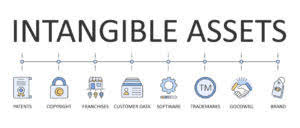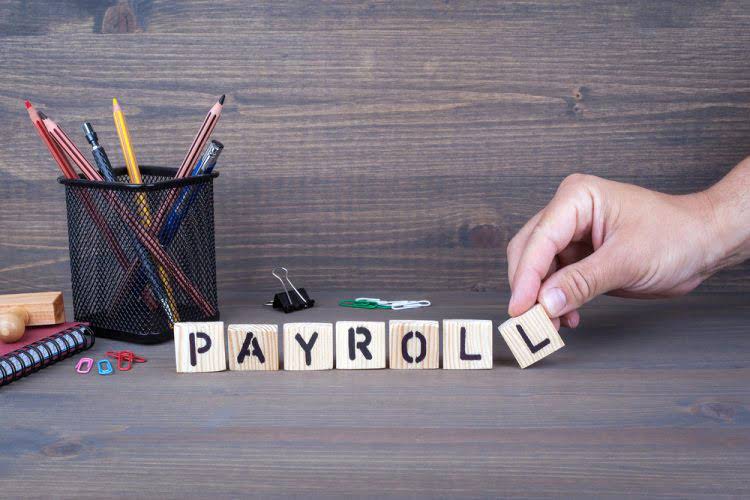
Liabilities are listed on a company’s balance sheet and expenses are listed on a company’s income statement. Expenses can be paid immediately with cash or the payment could be delayed which would create a liability. When presenting liabilities on the balance sheet, they must be classified as either current liabilities or long-term liabilities.
Liabilities Shown in Financial Statements
Rapid changes in raw material prices or labor costs, for example, may prompt more frequent updates to keep budgets accurate and operational decisions aligned with current costs. Consequently, companies must ensure their transfer pricing policies comply with the arm’s length principle, where internal transactions reflect market conditions to avoid tax penalties. To avoid operating at a loss, company A must charge company B a transfer price for each laptop it purchases to sell to the public. The optimal transfer price is based on a number of what is a liability account in accounting factors, including the cost of the item and which entity receives the benefit of profits. Here is a list of some of the most common examples of contingent liabilities.
- Liabilities are one of 3 accounting categories recorded on a balance sheet, along with assets and equity.
- An item’s transfer price is the sales price charged for a good or service in a transaction between two entities under common ownership.
- Liabilities are incurred in order to fund the ongoing activities of a business.
- Other line items like accounts payable (AP) and various future liabilities like payroll taxes will be higher current debt obligations for smaller companies.
What about contingent liabilities?
Tax liability can refer to the property taxes that a homeowner owes to the municipal government or the income tax they owe to assets = liabilities + equity the federal government. A retailer has a sales tax liability on their books when they collect sales tax from a customer until they remit those funds to the county, city, or state. These debts usually arise from business transactions like purchases of goods and services. For example, a business looking to purchase a building will usually take out a mortgage from a bank in order to afford the purchase. The business then owes the bank for the mortgage and contracted interest.
Company
This line item is in constant flux as bonds are issued, mature, or called back by the issuer. In GSTR-2, businesses can claim ITC for RCM transactions by reporting inward supplies subject to RCM. This claim process helps recipients offset their GST liability, provided the goods or services are used for business purposes. Matching these entries with GSTR-2A helps ensure that claims are accurate and avoid discrepancies during audits. Companies generally review and update standard costs annually or semi-annually, but frequency may vary based on factors like industry conditions, market fluctuations, and production changes.

They can also make transactions between businesses more efficient. A wine supplier typically doesn’t demand payment when it sells a case of wine to a restaurant and delivers the goods. It invoices the restaurant for the purchase to streamline the drop-off and make paying easier for the restaurant. Accrued Expenses – Since accounting periods rarely fall directly after an expense period, companies often incur expenses but don’t pay them until the next period. The current month’s utility bill is usually due the following month. Once the utilities are used, the company owes the utility company.

About a Verizon transfer of service

Deciding when to fire an employee requires careful consideration and a clear understanding of how their actions impact the team and company … Contingent Liabilities are obligations that may or may not occur. These obligations may arise due to specific situations and conditions. Liability may also refer to the legal liability of a business or individual.

What are Different types of Liabilities?
Though taking up these finances make you obliged as you owe someone a significant amount, these let you accomplish the tasks more smoothly in exchange for repayments as required. These obligations can offer insights into a company’s ability to manage its debts and its potential capacity to take on additional financing in the future. In conclusion, proper recognition and measurement of liabilities are essential for maintaining accurate and transparent financial statements. Understanding the criteria and measurement methods for liabilities helps organizations maintain a clear and confident financial position while facilitating informed decision-making. This formula is used to create financial statements, including the balance sheet, that can be used to find the economic value and net worth of a company.
How Are Current Liabilities Different From Long-Term Non-Current Ones?
Similarly, wages payable reflect salaries due to employees, and interest payable indicates interest owed on borrowed funds. Liabilities in accounting are crucial for understanding a company’s financial position. They represent obligations or debts that a business owes to other parties, such as suppliers, lenders, and employees.

Current assets
- In a sense, a liability is a creditor’s claim on a company’ assets.
- This line item is in constant flux as bonds are issued, mature, or called back by the issuer.
- This enables managers to compare actual expenses to these standards, identify cost variances, and make adjustments as needed to control spending and improve financial planning.
- Debt itself is unavoidable, especially if you’re in a growth phase—but you want to ensure that it stays manageable.
- You should record a contingent liability if it is probable that a loss will occur, and you can reasonably estimate the amount of the loss.
- Liabilities are the commitments or debts that a company will eventually have to pay, whether in cash or commodities.
- Some loans are acquired to purchase new assets, like tools or vehicles that help a small business operate and grow.
This is why it’s important to understand what liabilities are since they play a critical role in your business. Liabilities refer to short-term and long-term obligations of a company. A debit either increases an asset or decreases a liability; a credit either decreases an asset or increases a liability. According to the principle of double-entry, every financial transaction corresponds to both a debit and a credit.
